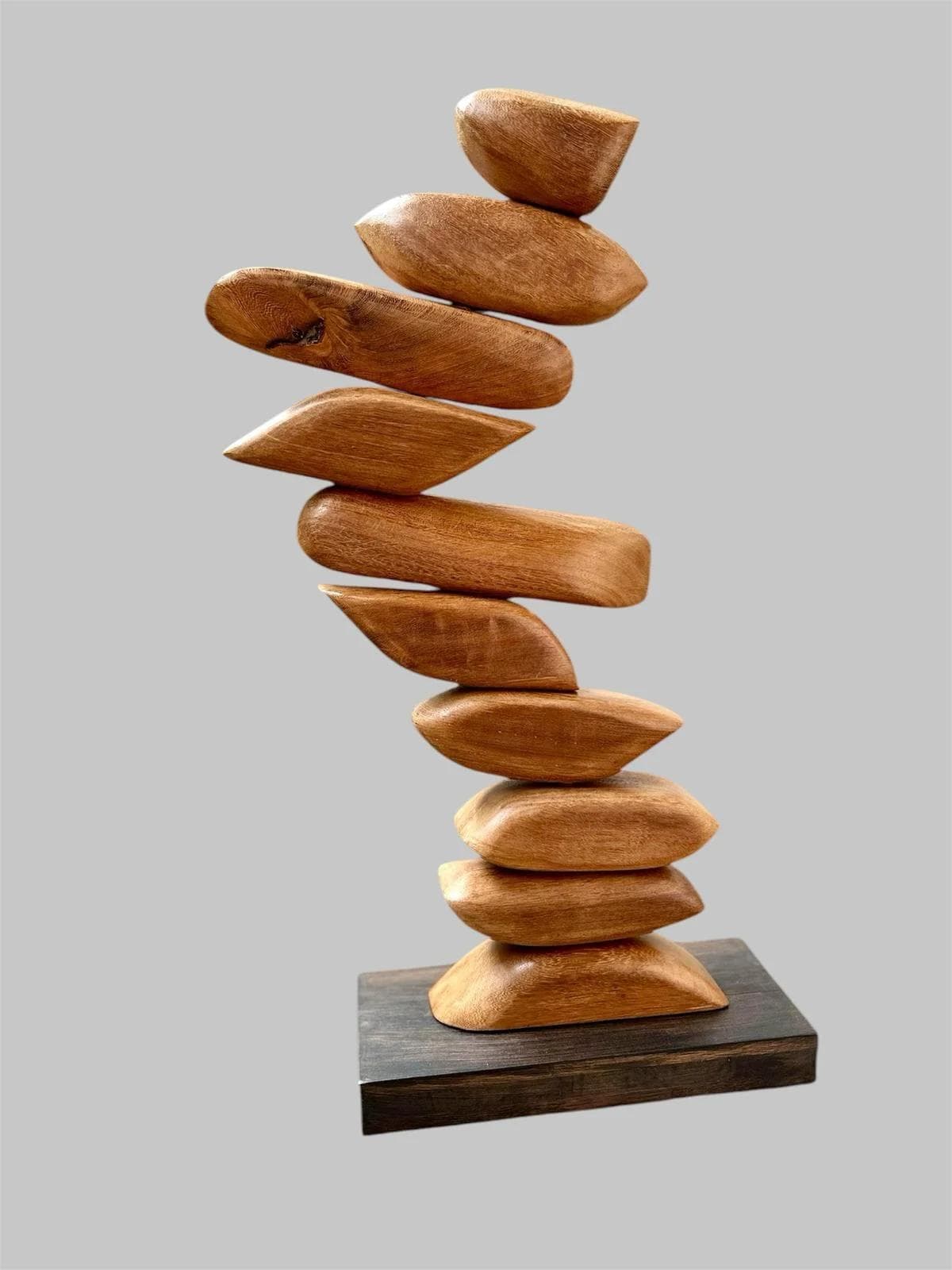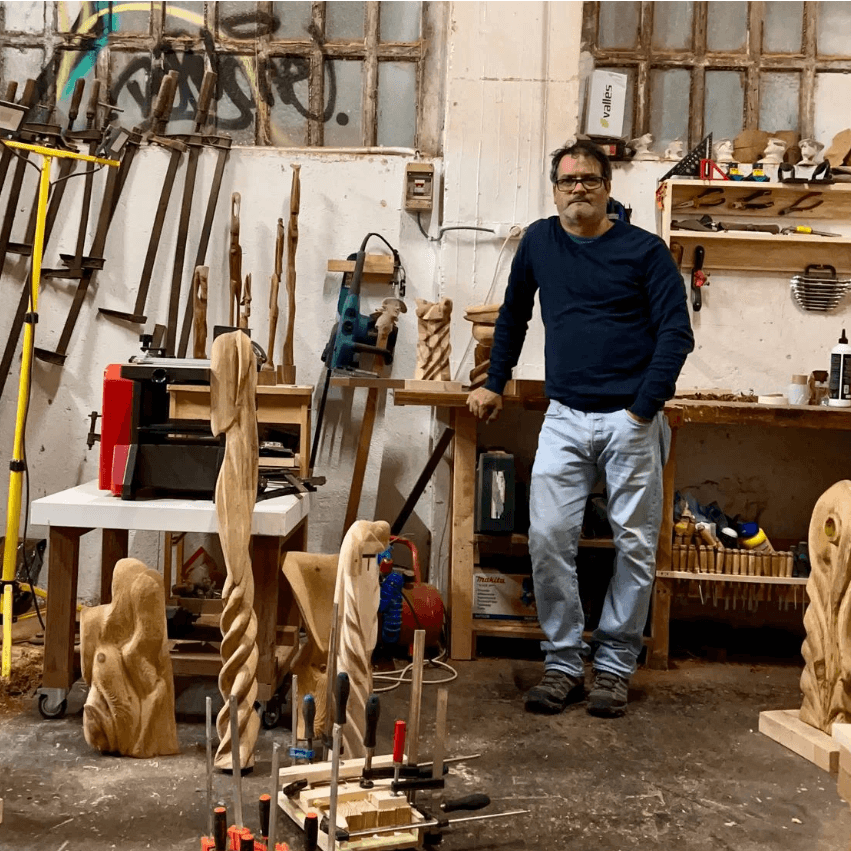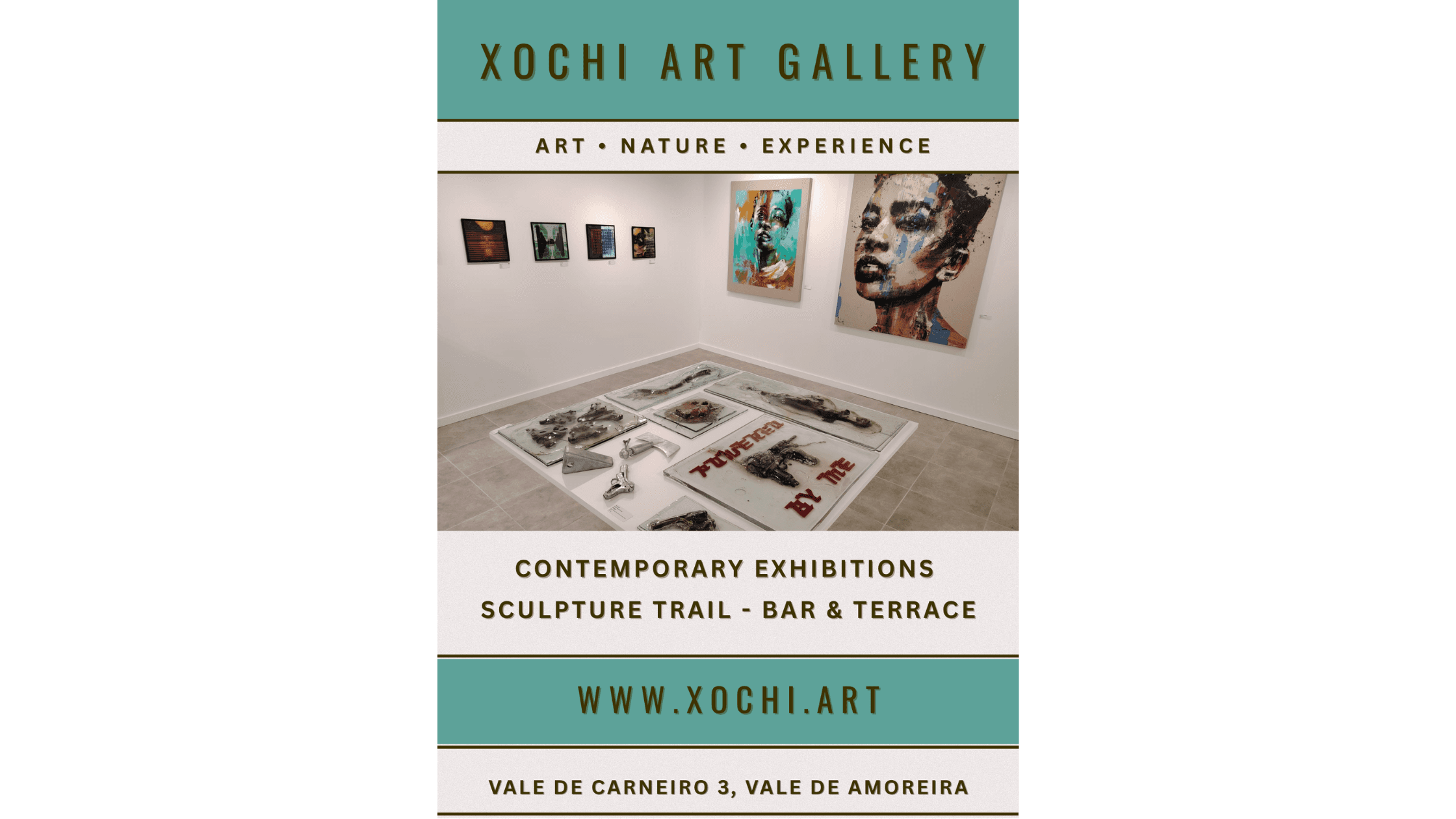
Leaning Into the Storm: Eduardo Rangel’s A Contra Viento

In A Contra Viento, Eduardo Rangel carves ten polished Ipê forms into a tower that leans but never falls—a poetic meditation on balance, motion, and quiet resilience. Like a figure bracing against unseen winds, the sculpture captures the exact moment where struggle meets force and determination, transforming resistance into grace.
In A Contra Viento (Against the Wind), Venezuelan sculptor Eduardo Rangel presents a breathtaking meditation on balance, movement, and human perseverance. Carved from Ipê—one of the hardest and most enduring woods in the world—this 2024 sculpture features ten organic wooden forms stacked in a tower that seems to defy gravity.
Each piece has been meticulously carved and polished to reveal a honey-warm patina and flowing grain patterns that resemble captured currents and echoes the feel of river stones: timeless, weighty, and shaped by unseen forces.. The precise balance reflects Rangel's masterful understanding of weight, tension, and form.
The sculpture pulses with implied motion, as each form leans into the next, creating a serpentine column that bends and sways, caught mid-gesture, bracing against an invisible gale.

A Contra Viento by Eduardo Rangel
Its serpentine rhythm speaks of forward momentum interrupted by challenge—of struggle met with quiet determination. “Balance is not stillness,” Rangel says, “it is the art of moving through resistance.” That idea anchors the work: the beauty of pushing through difficulty without losing grace.
Rangel’s heritage lends an added layer of meaning. As a Venezuelan artist, the phrase contra viento carries the weight of lived experience. In a country long shaped by political and economic upheaval, the act of enduring—of leaning forward rather than collapsing—is no abstraction. It is life itself.
From his studio-laboratory, Rangel approaches wood as both material and metaphor. His process is equal parts precision and intuition. Every cut, every polish, honors the natural complexity of the wood while drawing out emotional and conceptual depth. In Ipê, he has found a perfect partner: its toughness a mirror for the themes of resistance and resilience that define his work.

Eduardo Rangel in his Barcelona studio
The sculpture’s delicate tension reflects a universal truth. We are always balancing—between past and future, tradition and change, resistance and flow. And in that negotiation, Rangel finds not just struggle, but beauty. A Contra Viento does not portray defeat, but transformation. The wind, once an adversary, becomes a sculptor in its own right—shaping us, testing us, refining us.
Ultimately, Rangel’s work is a tribute to persistence. It reminds us that strength lies not in rigidity, but in the ability to bend, to adapt, to keep moving. We lean into the storm not to survive it, but to become something more—something enduring, something beautiful, something entirely ourselves.
Written by


Why Offline Sales Should Be the Main Sales Channel for Artists







